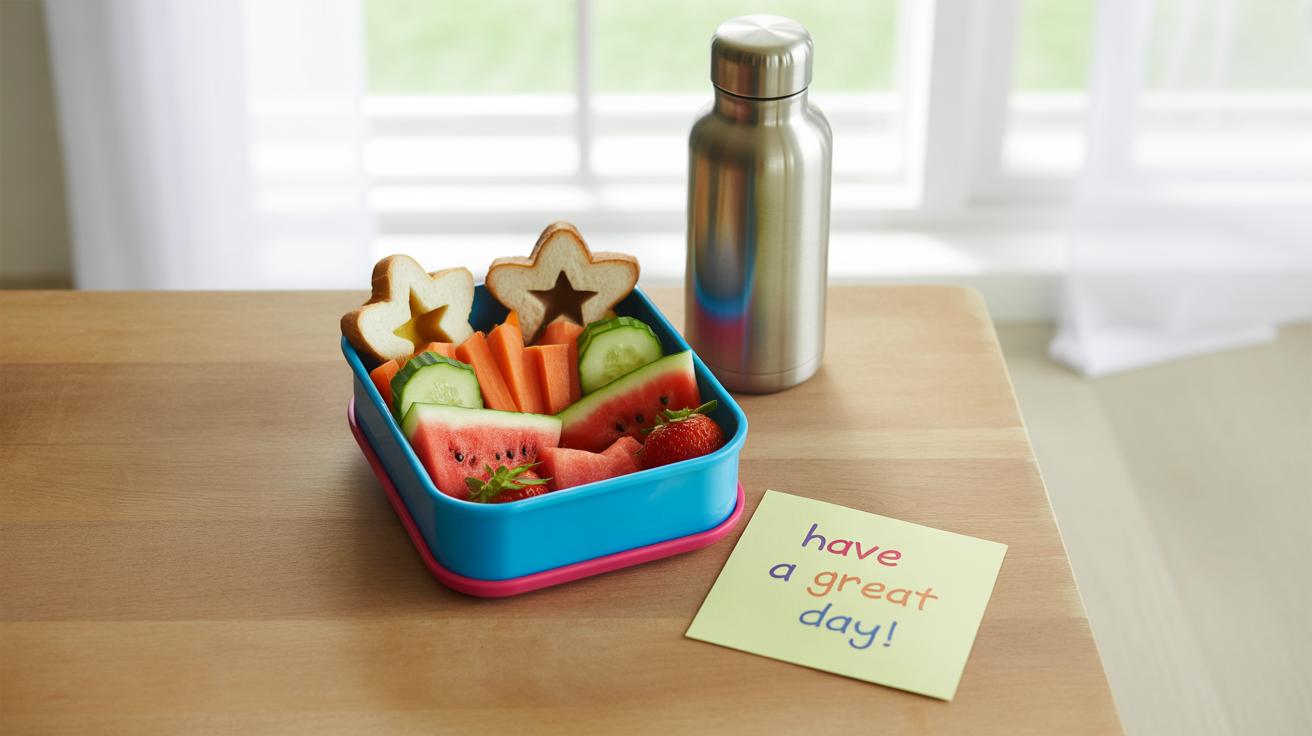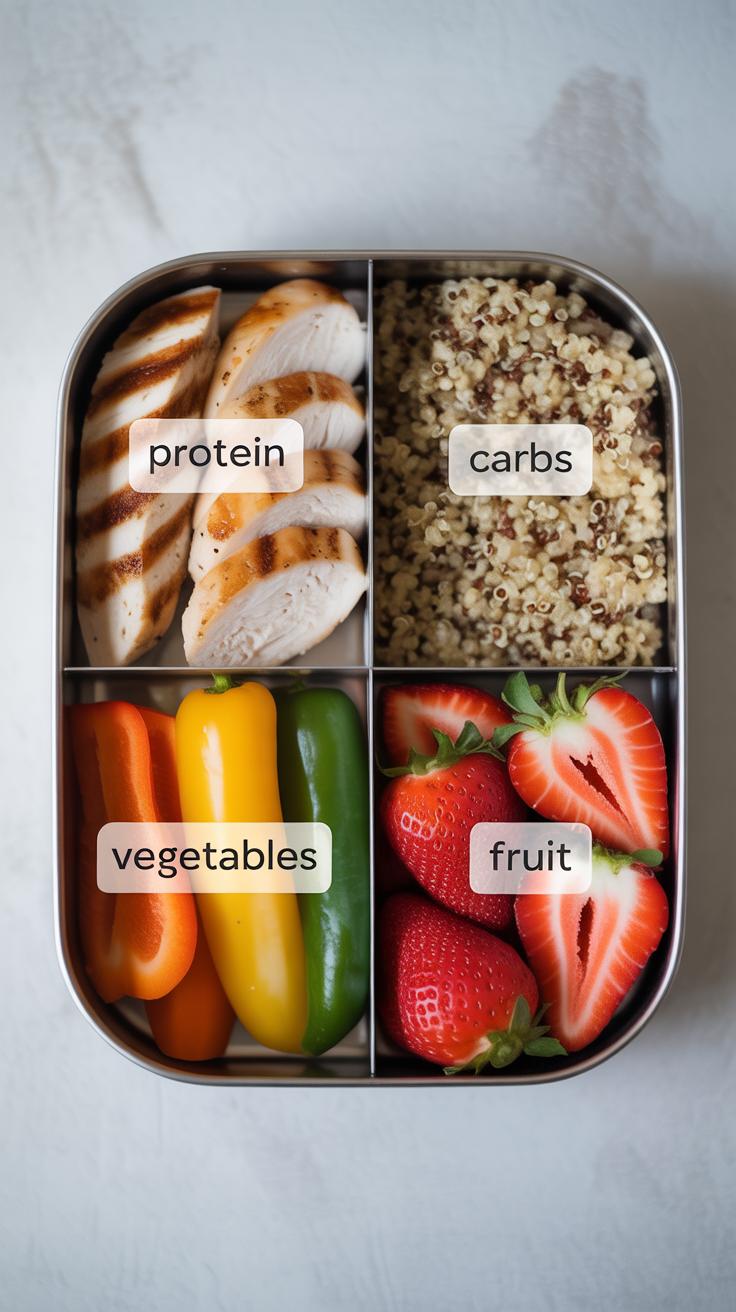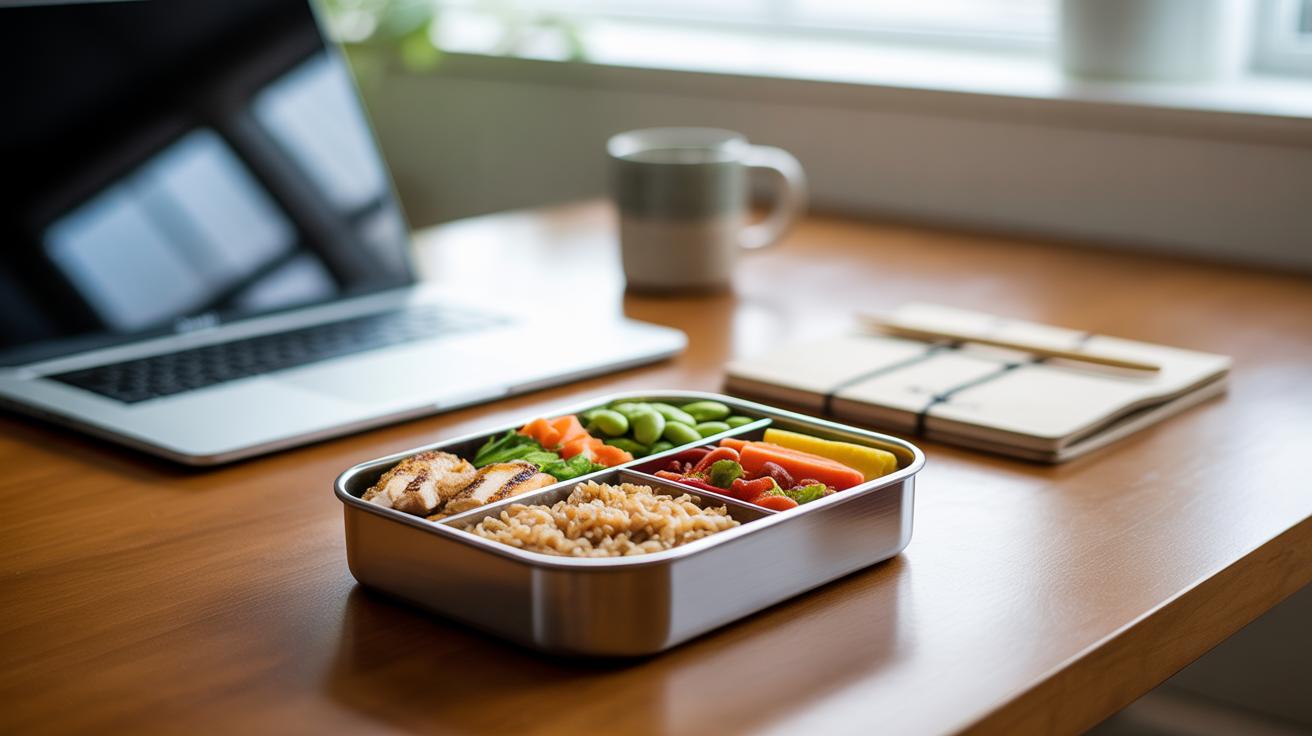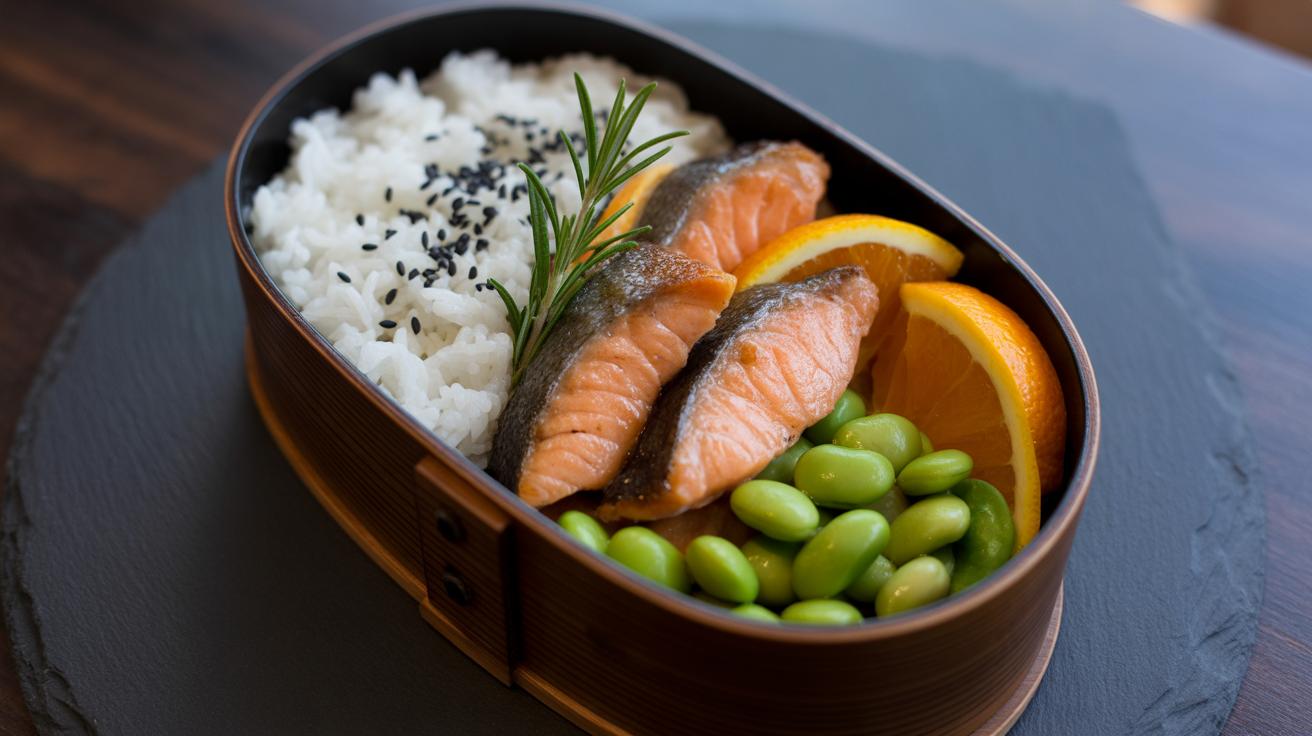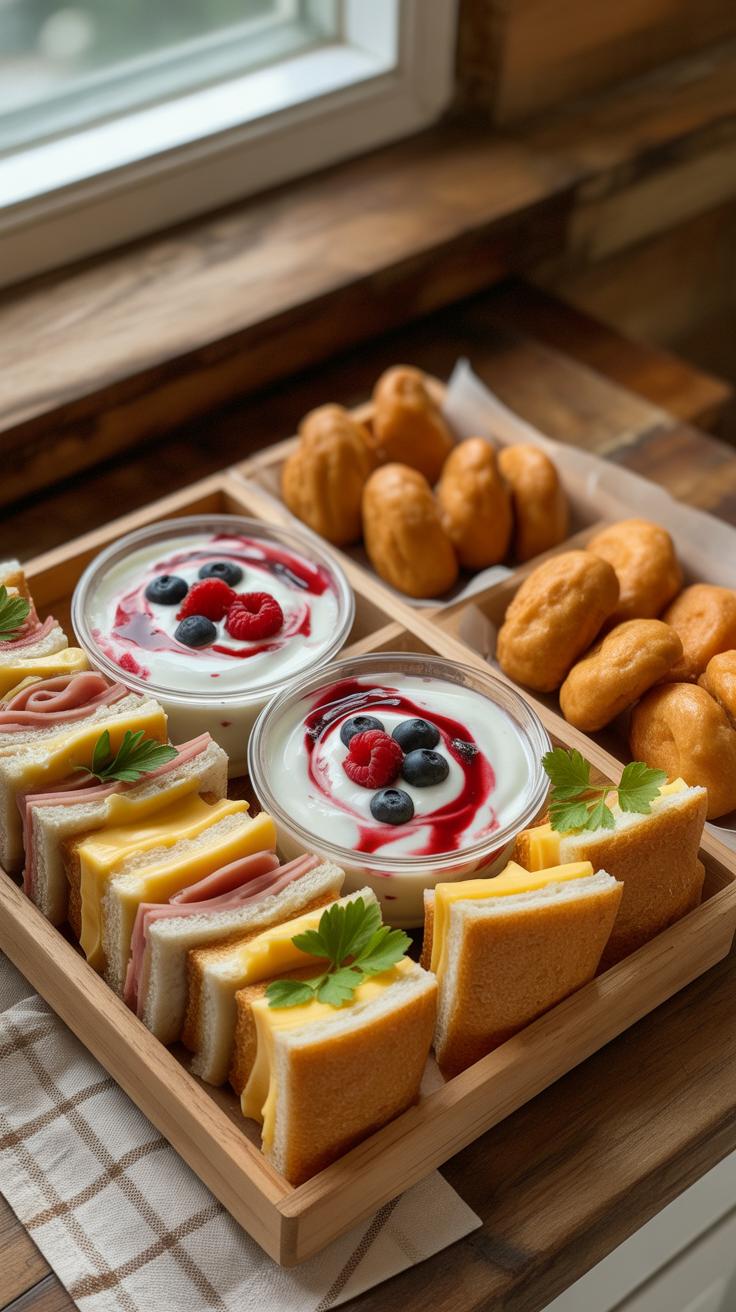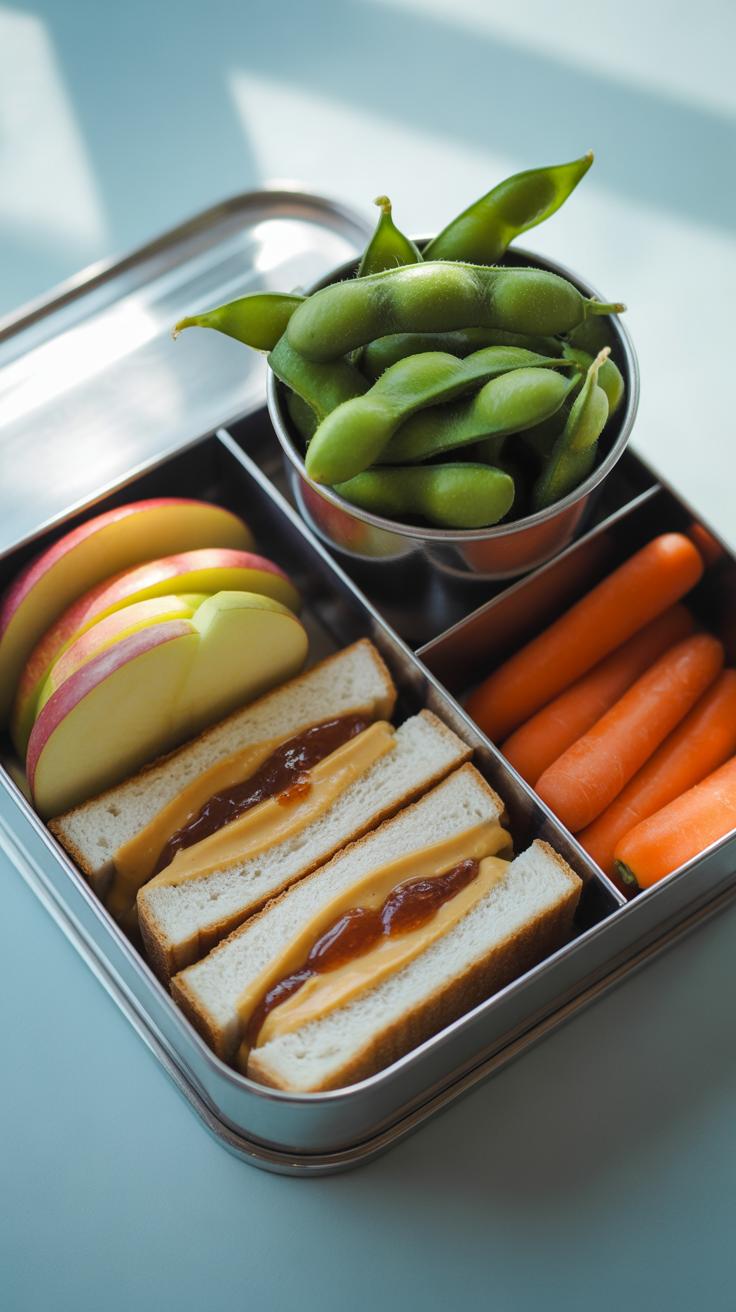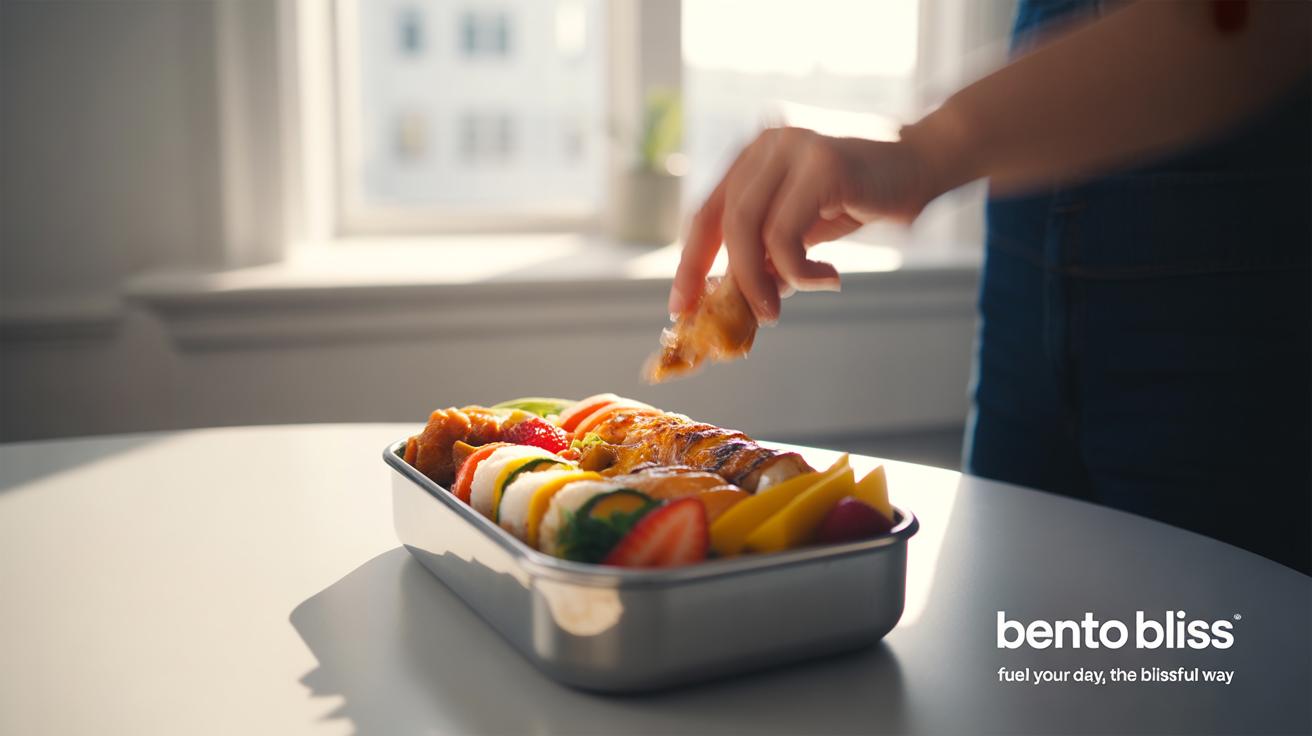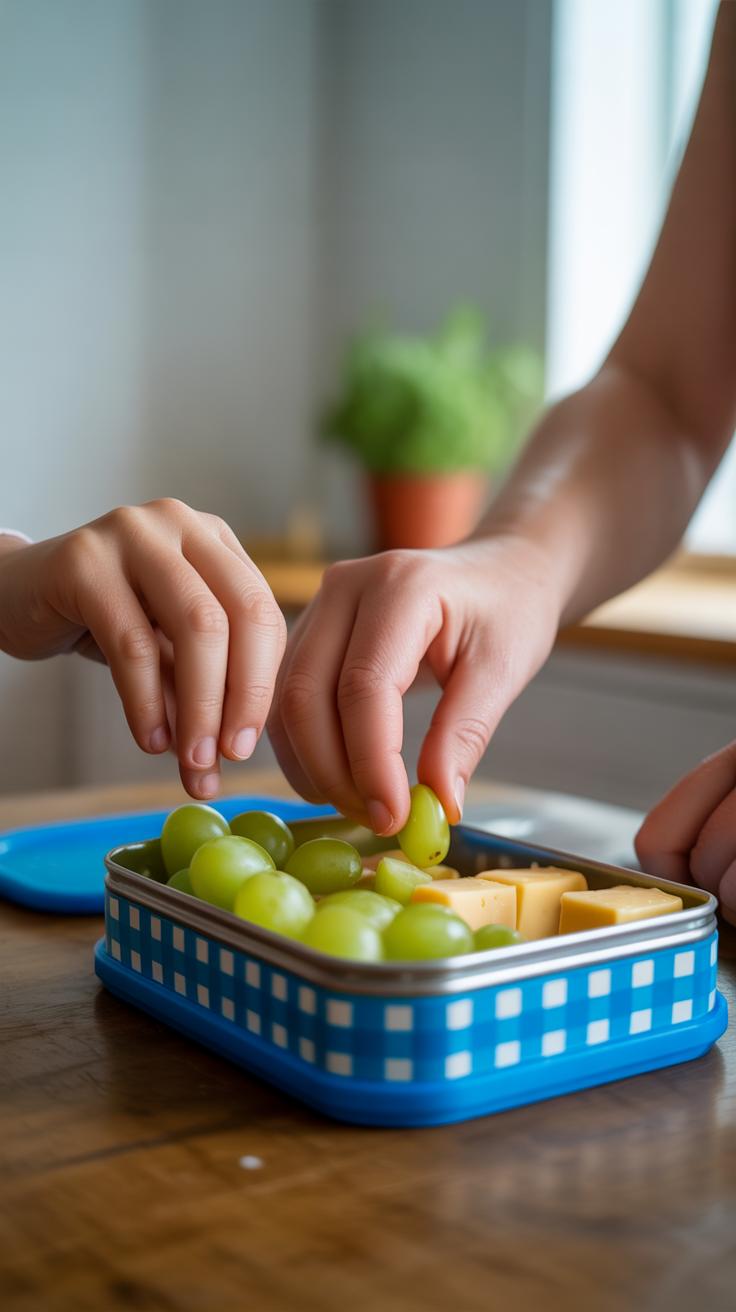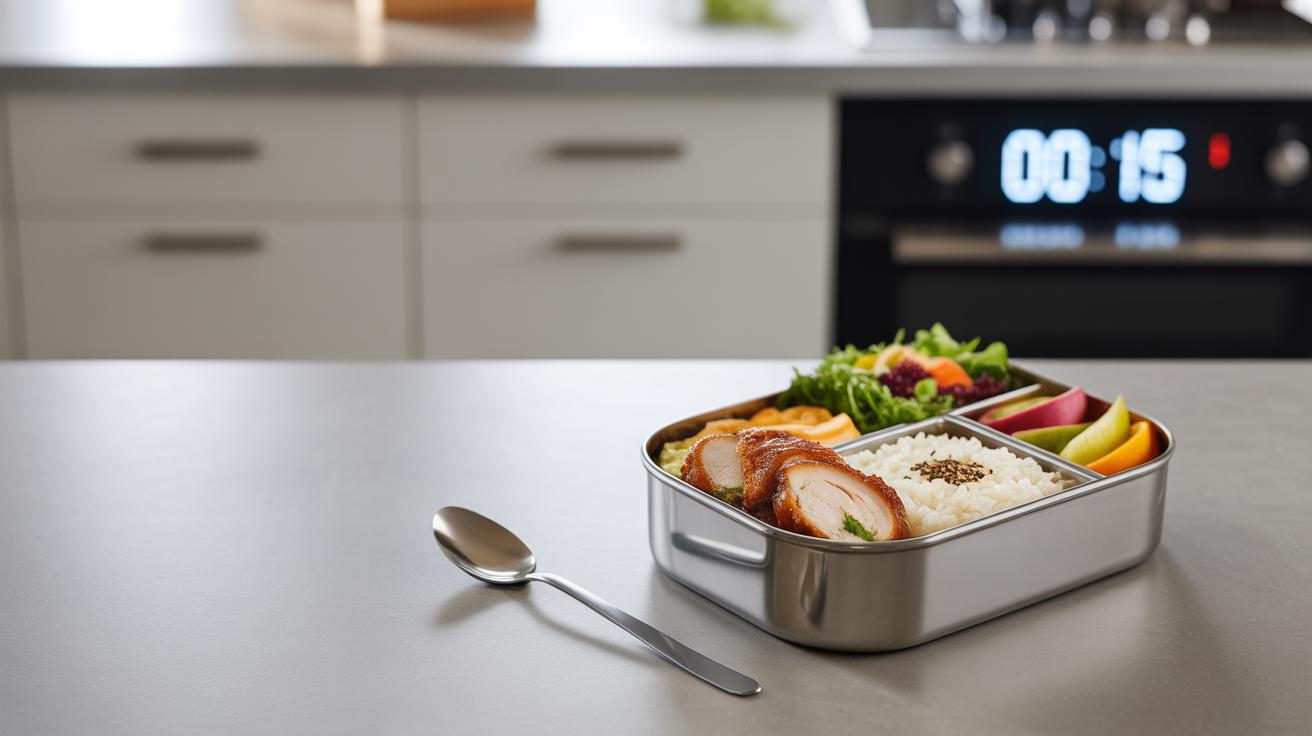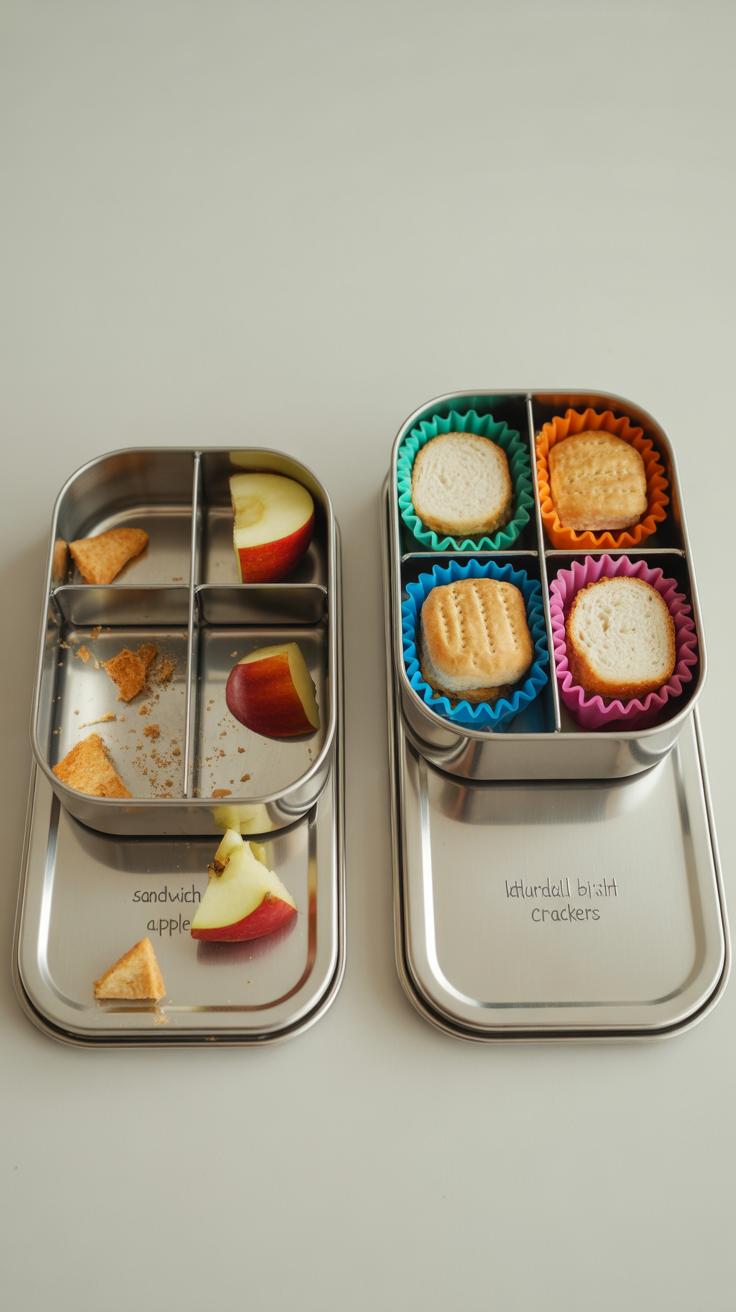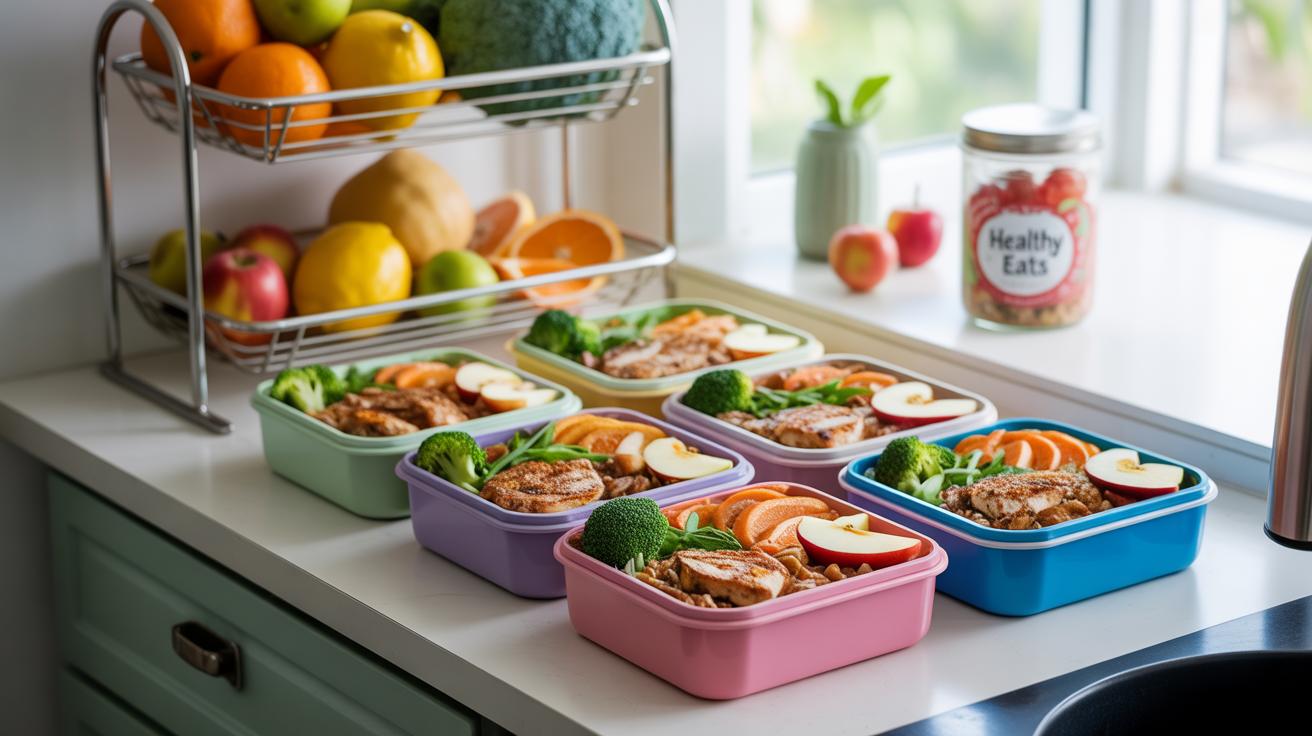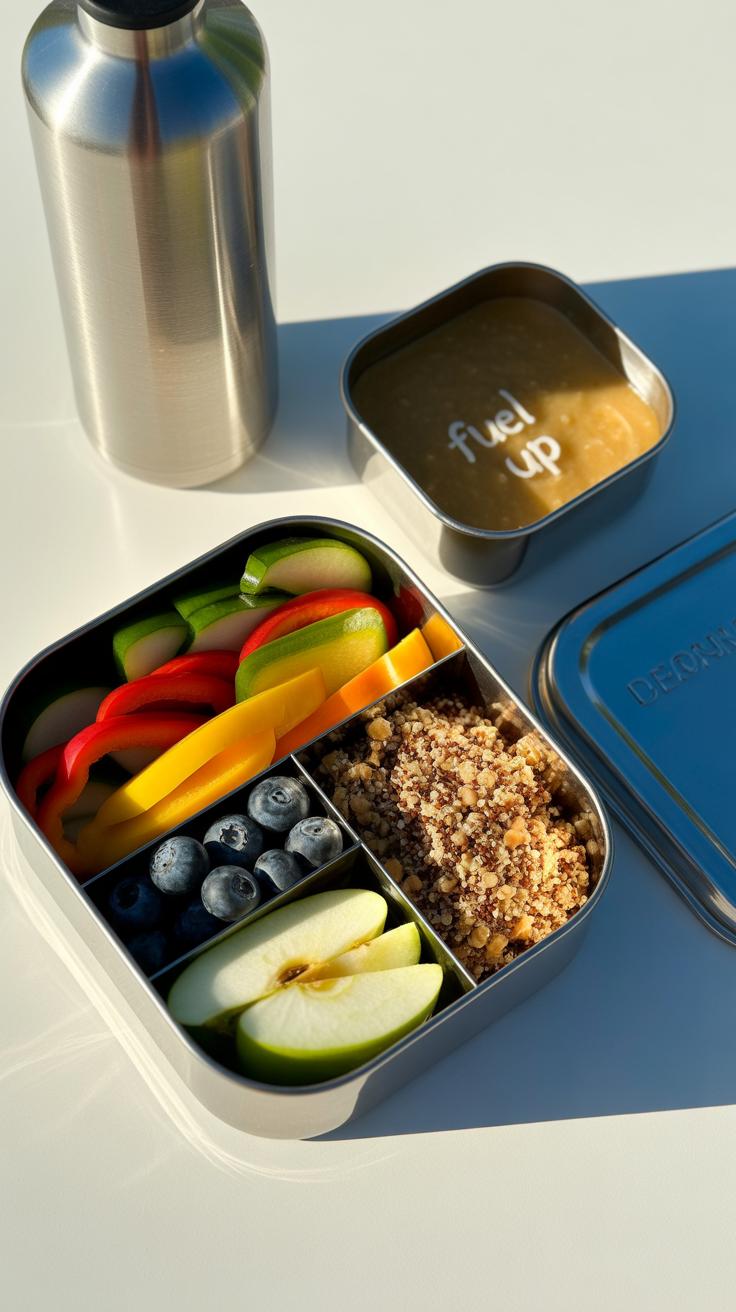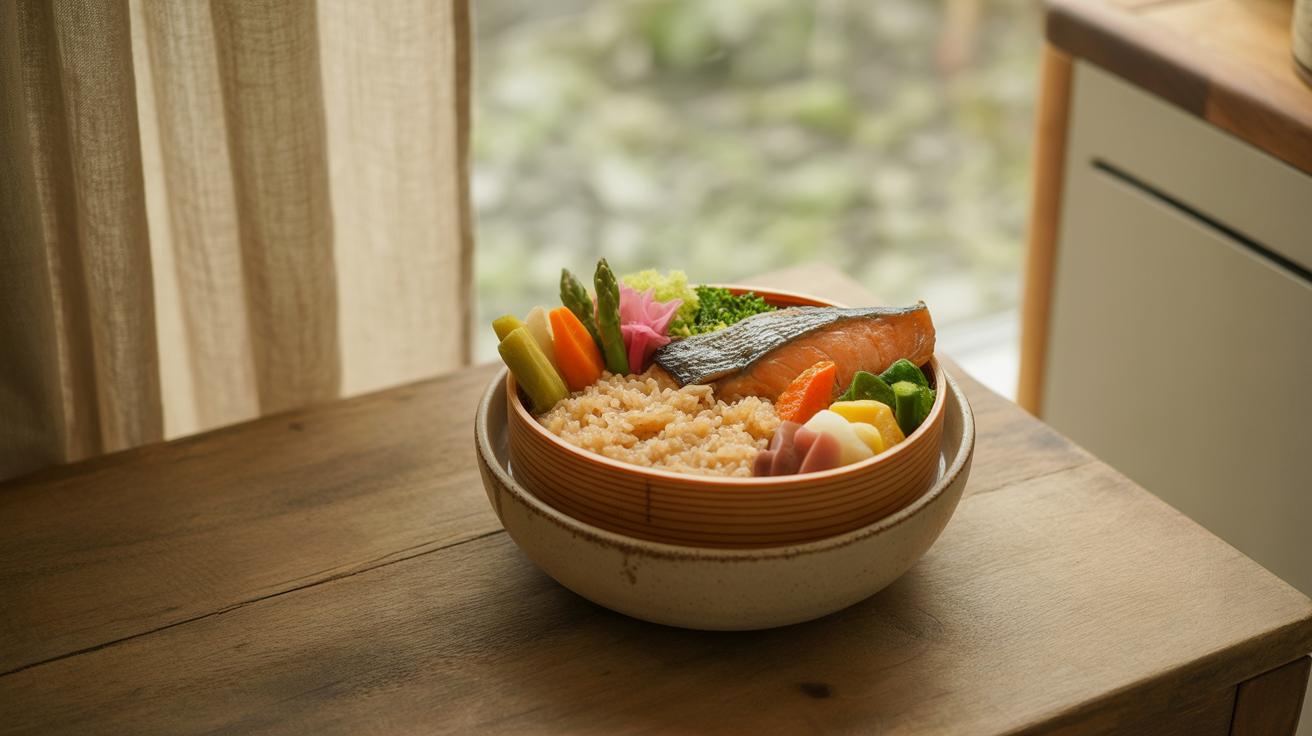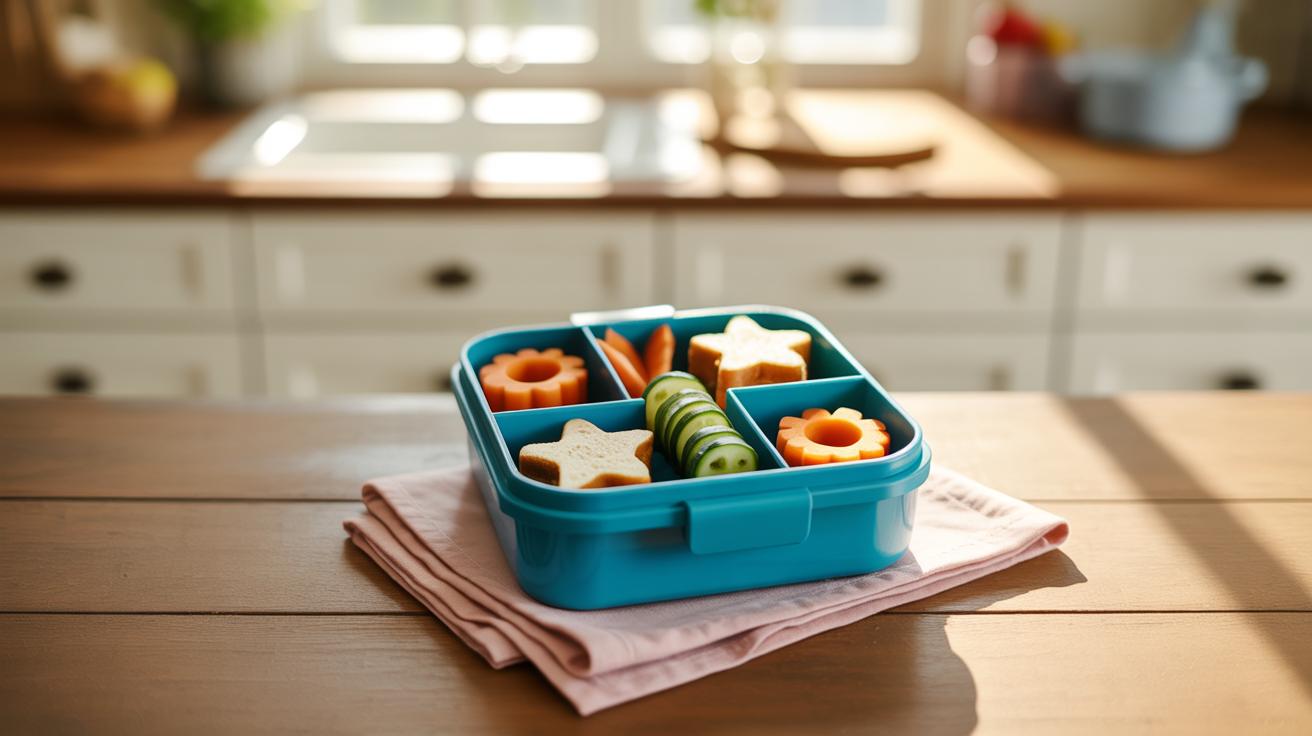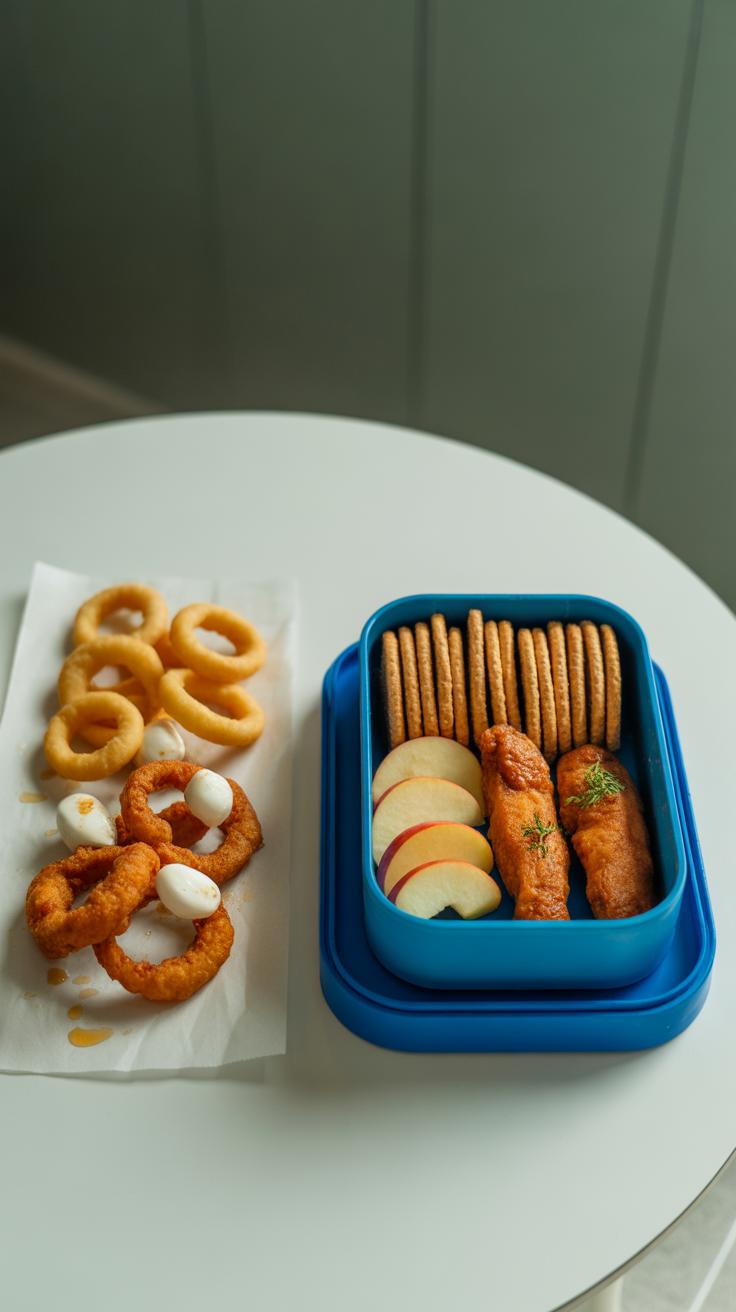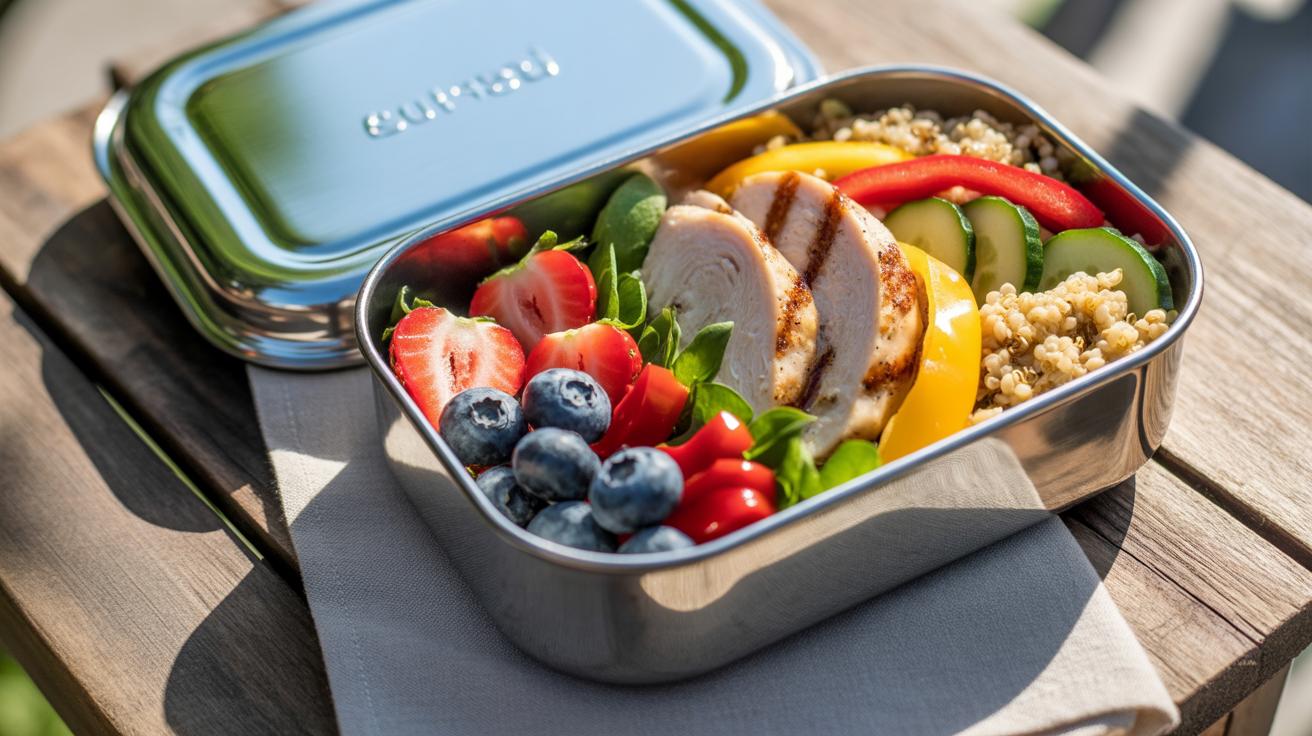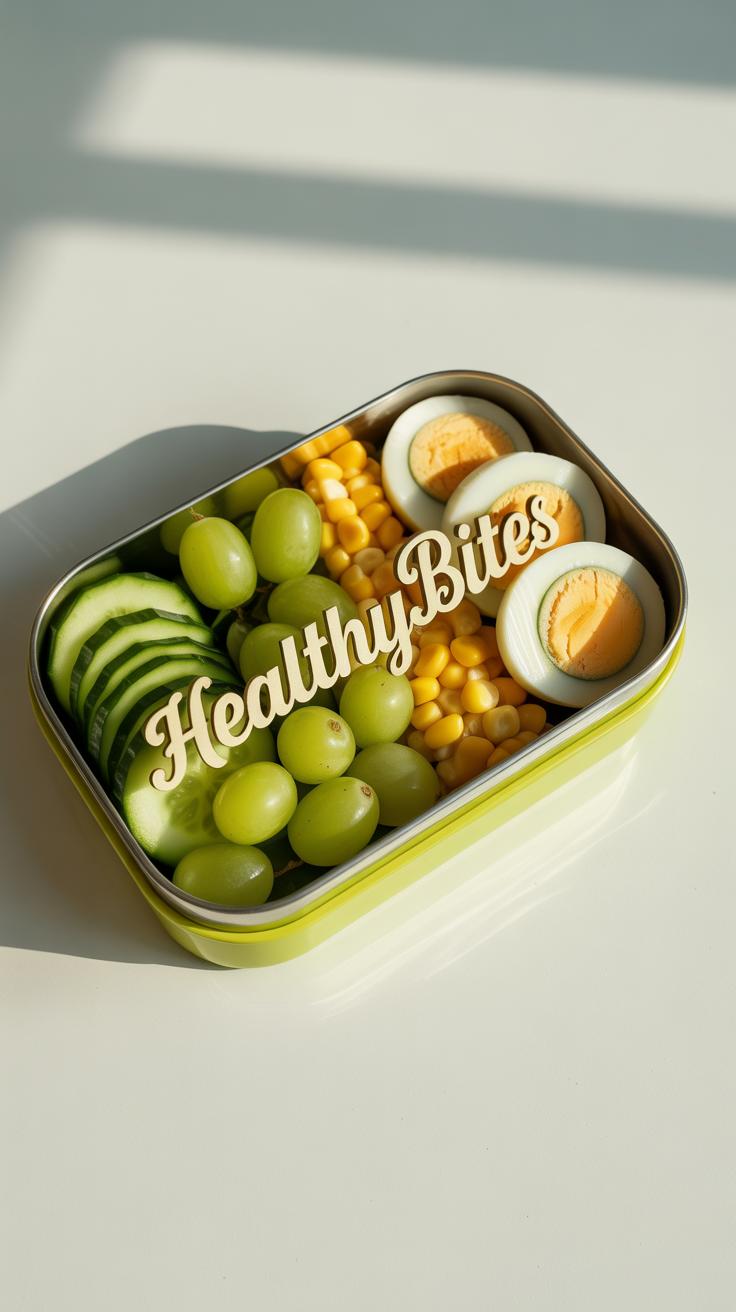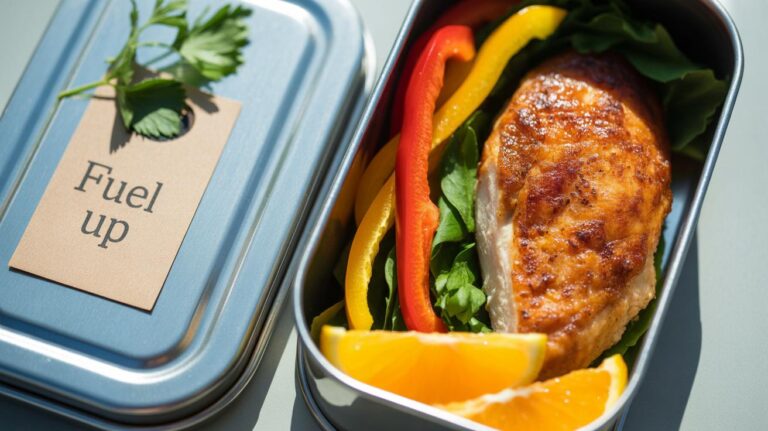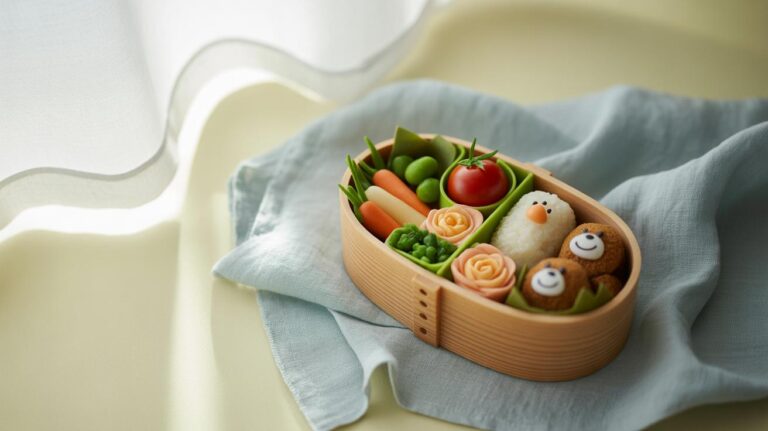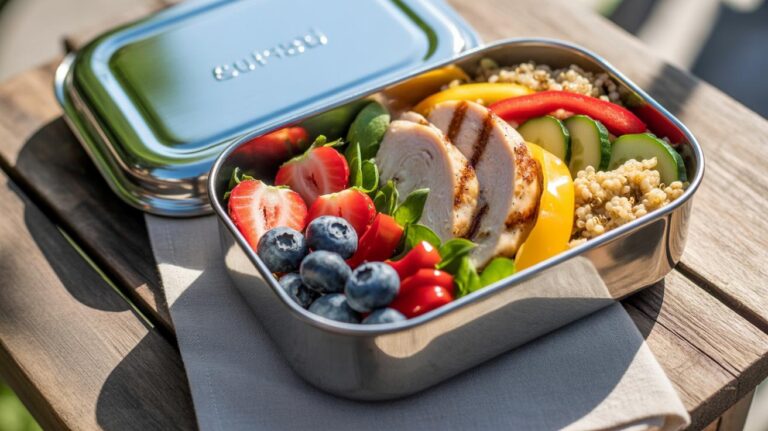Introduction
Kids lunch box meals can be a challenge, especially if your child is a picky eater. It’s important to offer meals that are both appealing and nutritious. This article explores ways to pack lunches that your child will actually eat and enjoy. We will focus on foods that are simple, tasty, and balanced to keep your child energized throughout the school day.
Finding the right lunch box meals can help reduce stress and mealtime battles. We will cover easy recipes, ideas for variety, and how to introduce new foods gently. By the end, you’ll have practical methods to create lunches that support your child’s health and happiness.
Planning Balanced and Appealing Lunch Boxes
Finding the right mix of fruits, veggies, proteins, and grains in a lunch box can feel tricky, especially when picky eaters are involved. Still, keeping a basic balance doesn’t have to be complicated. Think of it like portions, not perfection: a handful of fruit, some crunchy vegetables, a protein source, and a grain or starch to fill in the gaps. It’s less about exact servings and more about variety.
Presentation plays a big role in whether kids want to dive in. Little details like cutting sandwiches into fun shapes or using colorful containers can spark their interest. Sometimes, just separating items with cute silicone cups or arranging everything neatly helps make food look less daunting.
Try packing simple, recognizable foods rather than new or complicated ones. Mixing textures, like pairing creamy hummus with crisp carrot sticks, can also keep things from feeling too one-note. It’s tempting to overthink it, but often, just a bit of color contrast and variety does the trick.
Choosing Foods Kids Like and Need
Picking ingredients that kids actually enjoy is key, but nutritional value shouldn’t fall by the wayside. Sticking to familiar tastes—like mild cheeses, sweet fruits, or tender cooked veggies—can make meals more acceptable. For example, many children prefer sliced apples over pears or cherry tomatoes over raw bell peppers.
Proteins don’t have to be plain. Turkey roll-ups, boiled eggs, or even small cubes of mild cheddar work well. Grains are usually a safe zone: whole grain crackers, pita pockets, or mini wraps can keep energy up. If your child resists veggies, try blending them into sauces or dips instead of presenting them raw. But be patient; preferences can shift, sometimes overnight, or not at all.
Making Meals Colorful and Fun to Eat
Color grabs attention like little else. Bright reds, greens, and oranges invite curiosity. One trick is to create “rainbow” snack packs with slices of watermelon, orange segments, green grapes, and blueberries. It’s tempting to focus just on looks, yet blending colors with different textures makes them want to taste.
Cutting food into stars, hearts, or animals adds that playful edge. Mixing crunchy elements, soft bites, and chewy treats brings interest and keeps lunches from feeling dull. Sometimes, letting kids help pack or choose shapes gives them more ownership—perhaps that tiny involvement encourages eating more. You might notice they’re more willing to try something if it looks like a mini adventure.
Still, remember each child is unique. What excites one can feel strange to another. Experiment with colors and shapes, but watch reactions carefully. You don’t want a lunchbox that overwhelms or confuses, just one that invites a little exploration and keeps the day fueled.
Easy Recipes for Kids Lunch Box Favorites
Finding lunch box recipes that picky kids actually eat can feel like a puzzle. But, you know, simplicity often wins. Finger foods are usually a safer bet since kids like to pick and choose what they want on their own terms. Think small sandwiches cut into fun shapes or wraps that can be easily held. For example, try a mini pita stuffed with hummus and shredded chicken—most children find that easier to manage than a big sandwich.
Simple sandwich variations can make a big difference. Instead of the plain white bread and peanut butter, try swapping in whole grain bread or even a tortilla wrap. Use spreads like cream cheese, mashed avocado, or a bit of mild mustard. Fillings such as turkey, cheese slices, or even thinly sliced cucumbers provide texture without being overwhelming. If your child’s into sweet tastes, a thin layer of apple butter with cheese can surprise you by being a hit.
Snacks don’t have to be boring either. Cutting veggies into sticks—carrots, cucumbers, or bell peppers—is practical. Add fruit options like berries, apple slices sprinkled with a bit of lemon juice, or dried apricots. Protein-rich treats could be boiled eggs, a few cubes of cheese, or nuts, if allowed. Packing a mix keeps lunch interesting and offers choices, which picky eaters often need to feel in control.
Introducing New Foods Gradually
Getting kids to try new foods can feel like an uphill battle, especially if they’ve gotten used to familiar tastes. One way to ease the process is by introducing new items bit by bit, without overwhelming them. For instance, if your child loves pasta, you might mix in a small amount of finely chopped veggies or a new sauce flavor alongside the usual. It doesn’t need to be a complete switch all at once. Sometimes, just seeing the new food next to their favorite can spark curiosity.
Keeping a positive and relaxed attitude helps, too. If you act like it’s no big deal, your child might feel less pressure. Sometimes you might wonder if your insistence is pushing them away rather than encouraging them. So, try to celebrate little wins, however small. Even one bite counts.
Pairing New Foods with Known Favorites
There’s something comforting about familiar foods for kids, right? Pairing new tastes with these favorites reduces the shock factor. For example, adding a slice of avocado to a sandwich they already love or mixing new fruit with a tried-and-true yogurt can do the trick. This way, the new food doesn’t stand alone, but becomes part of an already enjoyable experience. It also lets kids experiment without feeling forced.
Sometimes, kids surprise you by liking the combo more than expected. I remember trying diced cucumbers tossed with their usual cheese cubes. At first, my child was suspicious. A few meals later, they were asking for “that crunchy green stuff” themselves. It unfolds slowly.
Keeping Mealtime Fun and Stress-Free
Pressure to eat can backfire quickly. If lunchtime turns into a battleground, children usually dig in their heels even more. Instead, make the atmosphere light. Maybe share a silly story or a fun fact about the food. Or let your child decide what to try first. Giving them some control changes the mood.
It also helps to avoid making foods a “reward” or “punishment.” Instead, keep the focus on tasting and exploring, without expectations. Sometimes, just offering new items repeatedly without fuss leads to acceptance over time—even if there’s no immediate sign of interest. Patience is key. You might feel stuck, but the next lunch could be the breakthrough moment you didn’t see coming.
Packing Lunch Boxes with Your Child
Getting your child involved in packing their lunch box can make a surprising difference. When kids help choose and pack their meals, they feel a sense of ownership. That little bit of control can mean they’re more likely to eat what’s inside. It turns lunch prep from a chore into an activity you do together—sometimes even a kind of game.
Here are some ways to make it enjoyable:
- Let your child pick between two or three healthy options. Maybe a sandwich or a wrap, carrot sticks or cucumber slices.
- Use colorful containers or fun-shaped cutters for sandwiches and fruits. It doesn’t have to be perfect, just playful.
- Turn it into a mini “chef” moment by talking about what each food does for their body—like which foods make them strong or help them focus.
When kids choose some items, they’re often more interested in eating them—no surprise there. But it’s not just about preferences. It’s a subtle way to teach them about variety and balance over time, without speeches or pressure. I’ve noticed that when my own kids pack their lunch, they ask more questions about what’s healthy and why. You might find your child does the same, even if it’s just a quick “Why do I need this?” It’s a chance, really, to sneak in lessons about nutrition in a natural way.
Plus, this time together can build routines and lessen morning hassles. Lunch boxes packed with care often mean less waste and fewer arguments over forgotten snacks. Still, some days won’t go perfectly. Sometimes they’ll pick just the cookies, and that’s okay—it’s all part of learning, really.
Addressing Common Challenges in Packing Lunches
Packing lunch for a picky eater isn’t always straightforward. Time is often the biggest hurdle—mornings or evenings can slip away quickly, leaving little room to prepare something thoughtful. One trick that helps me, though it’s not always perfect, is setting aside a bit of time on weekends to chop veggies or pre-make simple snacks. It saves scrambling later, and it sort of feels like a head start.
Storage can also be tricky. Lunch boxes only hold so much, and some foods don’t travel well. You might find yourself stuck with the same things because they’re reliable, but that can get boring for kids who need variety. Rotating favorite items and using small containers to portion out dips or fruits can make a difference—you’ll be surprised how kids respond when their lunch feels fresh and a little different.
Repetition is another frequent issue. I sometimes catch myself slipping into a lunch routine, packing similar sandwiches or snacks. Using leftovers smartly—like turning roasted chicken from dinner into a wrap or turning veggies into mini frittatas—can make lunches more interesting. Plus, it cuts down on food waste, which feels like a win.
Keeping everything fresh is a balancing act. Simple things like ice packs and insulated bags help, but some items, like cut fruits or delicate greens, need extra care. Wrapping sandwiches in parchment or packing yogurt separately keeps things from getting soggy or warm. It’s not foolproof, but over time you learn which combos hold up best.
So, what’s your biggest lunch-packing hurdle? Maybe it’s time, or keeping foods fresh? Whatever it is, experimenting with small changes can really pay off, even if it means a few trial and errors along the way.
Encouraging Healthy Eating Habits at School
School routines and environments shape the way children eat in ways we might not always see. The pressure of limited lunchtime, noisy cafeterias, or peer influences can push kids towards quick, less nutritious options. Lunch boxes, though, create a small island of control—you get to decide what’s on the menu, offering a chance to support better eating habits despite the chaos around them.
Think about how a consistent, well-packed lunch can become a familiar anchor. When a child knows there’s something they enjoy and that fuels them, they’re more likely to eat well. Lunch boxes can also include sizes and portions tailored to your child’s appetite, something school meals rarely accommodate.
You might notice your child picks at—or refuses—the school snack line when their lunch box includes a fun, colorful mix rather than just plain sandwiches. Little encouragement like that can help them build better food habits without feeling forced.
Creating Consistency Between Home and School
Getting lunch boxes to match or complement school food rules or menus isn’t always straightforward, but it helps children develop healthier choices naturally. Schools often limit certain foods—nuts, for example—so making sure your lunch box respects those boundaries avoids confusion or exclusion.
Try checking the school menu once in a while and pack lunch box items that echo the healthy vibes of school meals. If the school offers fruits, include a unique or preferred fruit variety in their lunch box. This gentle echo trains children’s tastes and reduces the feeling that “school food” and “home food” are totally different worlds.
This approach sets a pattern for children that eating healthy at school is just an extension of what they normally do at home. Over time, that little consistency can help prevent mealtime battles and picky eating in both settings. It’s a slow nudge more than a big push.
Promoting Social and Healthy Eating Behaviors
Lunch time is also social time. Kids often mimic their friends’ eating habits, for better or worse. Providing lunch boxes with shareable, inviting foods like sliced veggies or bite-sized protein pieces can encourage your child to join in and feel part of the group.
Have you ever noticed kids trading snacks or comparing lunches? This might be an opportunity to introduce new, healthy options that spark curiosity rather than rejection. Sometimes, a child gains pride in showing off a cool, tasty alternative to chips or sugary snacks.
And lunches packed to promote quick, manageable bites support good manners and reduce stress. Kids spend more time chatting and less time wrestling with awkward foods. Social connection and ease at the lunch table often translate to more positive attitudes toward eating overall. It’s not just about nutrition—it’s about making lunch a pleasant experience they look forward to.
Foods to Avoid and Alternatives to Try
When packing a lunch box, some foods just don’t work out well. Think about items that can cause allergies—peanuts and tree nuts often pop up here. Even if your child’s school permits them, some parents prefer to avoid these altogether to keep things safe.
Messy foods are another challenge. Saucy dishes or anything too crumbly can lead to frustration. Remember the toppled yogurt disasters? Yeah, those mornings might stick with you.
There’s also the matter of nutrition. Sugary treats like candy or cookies might seem like a quick win, but they rarely keep kids full or focused.
Here are some common choices to limit:
- Peanut butter sandwiches (unless you’re sure about allergies)
- Chips and heavily salted snacks
- Sticky candies or chocolate bars
- Whole grapes, popcorn, and hard nuts as choking hazards for younger children
- Processed deli meats loaded with preservatives
So, what can you offer instead? Try swapping peanut butter for sunflower seed butter or cream cheese. They often go down well and avoid the allergy risk.
Crunchy veggies like carrot sticks or cucumber slices—paired with a small dip—make for satisfying yet mess-free bites.
Fruits that are naturally sweet and sturdy work great, for example, apple slices (with a bit of lemon juice to keep them fresh), or berries that aren’t too juicy.
For something a bit more substantial, whole-grain wraps or mini sandwiches loaded with lean turkey or chicken can be a hit. They pack nutrition and don’t get soggy quickly.
Choosing these alternatives isn’t always straightforward, and you might notice your child’s preferences shifting. It’s okay to experiment and see what works better over time.
What’s tricky is balancing what’s easy for you to pack and what your child actually wants to eat. Ever wonder why some kids shy away from vegetables one day and love them the next? It’s a puzzle, really.
Using Themes and Special Occasions to Spark Interest
Lunch can sometimes feel like a daily routine, right? But what if you try adding a theme or tie meals to special occasions? It’s a simple trick to make lunch time more playful and even encourage kids to try new foods. When kids see a colorful rainbow plate or a lunch inspired by their favorite superhero, they naturally get curious—maybe even excited.
Using themes like colors, seasons, or familiar characters can turn lunch from just another meal into a little adventure. For example, a “green day” lunch with avocado slices, green grapes, and cucumber sticks might inspire kids to eat those veggies more readily. Or a “beach day” with pineapple, mini sandwiches shaped like seashells, and carrot sticks might catch their imagination, nudging them to eat without fuss.
Special events and holidays give another great reason to switch things up. A Halloween-themed lunch with pumpkin-shaped sandwiches or a Valentine’s Day box with heart-shaped treats can make routine meals feel special. Sometimes, slipping in a small, nutritious treat during these days—like a fruit leather or homemade muffin—makes kids look forward to their lunch.
These tactics don’t have to be complicated. You can keep it simple, like choosing fruits in the colors of the season or drawing little notes related to the event. Eventually, kids might start associating lunch time with fun moments, which could help reduce picky eating over time. Have you ever noticed how your child’s interest spikes when they spot something new in their lunch? That’s the kind of reaction themes can bring.
- Pick themes around colors: all red foods, rainbow assortments, or monochrome plates.
- Match meals with seasons: fresh berries in summer, warming stews in winter.
- Use favorite characters to inspire shapes, names, or containers.
- Celebrate holidays with themed shapes, colors, or small healthy treats.
- Include occasional healthy sweets to make celebrations enjoyable without going overboard.
Conclusions
Lunch box meals play a vital role in your child’s daily nutrition. Choosing the right foods can help picky eaters develop better eating habits over time. Including a range of colorful fruits, vegetables, grains, and proteins ensures a balanced diet. Small changes and creative presentation often make a big difference.
Remember that patience and consistency are key. Offering new foods alongside familiar favorites encourages curiosity. Packing lunches with your child’s input can boost excitement and willingness to try. Healthy lunch boxes set the stage for better focus, growth, and well-being throughout the school year.

